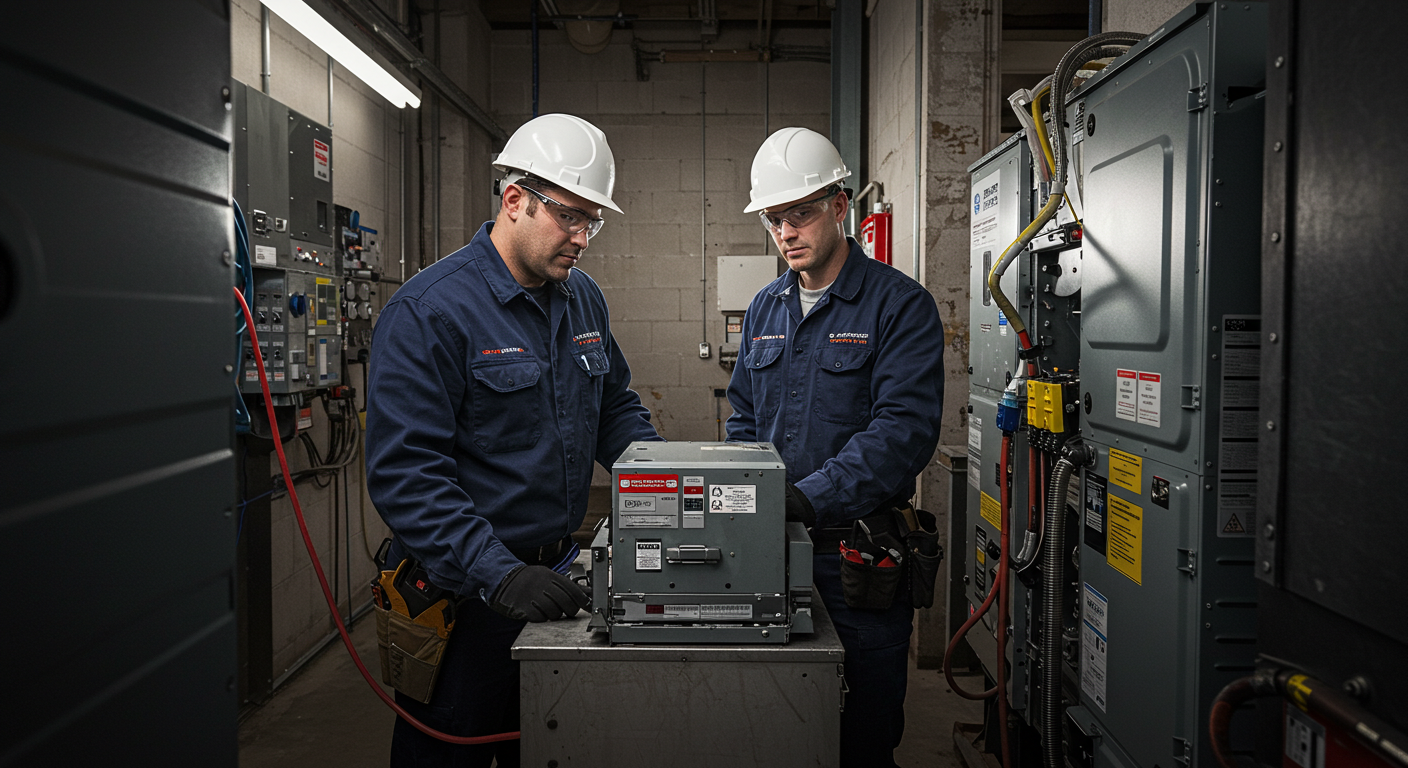Avoiding Common HVAC Electrical Hazards Onsite
Working in the HVAC field is both rewarding and challenging, but it comes with its own set of risks, particularly when it comes to electrical hazards. With over 40,000 injuries annually attributed to HVAC systems, understanding how to prevent these hazards is crucial for your safety and success. In this post, we’ll explore practical tips to avoid common electrical hazards onsite, ensuring you stay safe and compliant.
Understanding Common HVAC Electrical Hazards
The HVAC industry sees a significant number of injuries and fatalities due to electrical mishaps. These hazards often stem from improper wiring, overloaded circuits, inadequate grounding, and poor maintenance practices. Such issues can lead to dangerous situations like electric shocks, fires, and equipment damage, which not only jeopardize your safety but also affect your job performance.
Essential Safety Practices for HVAC Technicians
To mitigate the risks associated with electrical work in HVAC, adhering to safety practices is essential. Here are some crucial steps to consider:
- Always ensure equipment is de-energized before starting any work. This simple step can prevent electric shocks.
- Use nonconductive gloves to add an extra layer of protection against electrical currents.
- Test circuits for residual voltage before making any contact to avoid unexpected shocks.
- Comply with NFPA 70E and local codes to ensure your work meets the highest safety standards.
Advanced Solutions for Enhanced Safety
Technology can be a great ally in maintaining safety on the job. For example, the Ruud Econet 800 Series Smart Thermostat allows remote monitoring and control of HVAC systems. This reduces the need for direct contact with live electrical equipment during diagnostics and repairs, enhancing overall safety. You can find these advanced products through reliable distributors like Mar-Hy.
HVAC Wiring Safety and Grounding Best Practices
Improper wiring and grounding are major contributors to electrical hazards. Here are some best practices to follow:
- Ensure all wiring is up to code and properly insulated to prevent shorts and electrical fires.
- Implement secure grounding techniques to protect against electrical faults.
- Regularly inspect and maintain all electrical components to catch potential issues early.
Conclusion
Prioritizing electrical safety in your HVAC work not only protects you but also ensures the integrity of the systems you install or repair. By following the outlined practices and leveraging advanced technologies, you can significantly reduce the risk of electrical hazards onsite.
Stay safe and keep your skills sharp with ongoing training and awareness. Your safety is as important as your expertise.
FAQ: HVAC Electrical Safety
What are the most common electrical hazards in HVAC work?
Common hazards include improper wiring, overloaded circuits, inadequate grounding, and lack of regular maintenance.
How can I prevent electrical accidents in HVAC maintenance?
Always de-energize equipment, use protective gear, and test for residual voltage. Follow NFPA 70E and local safety codes.
Why is grounding important in HVAC installations?
Proper grounding prevents electrical faults and reduces the risk of electric shock, ensuring safer operation of HVAC systems.
What are some tools that can enhance electrical safety in HVAC?
Advanced tools like smart thermostats allow remote monitoring and reduce direct contact with live systems, enhancing safety.
Where can I find reliable HVAC safety products?
Distributors like Mar-Hy offer a range of products designed to improve electrical safety in HVAC systems.


